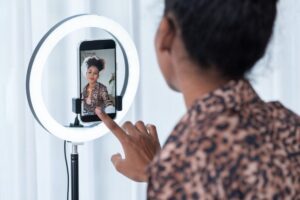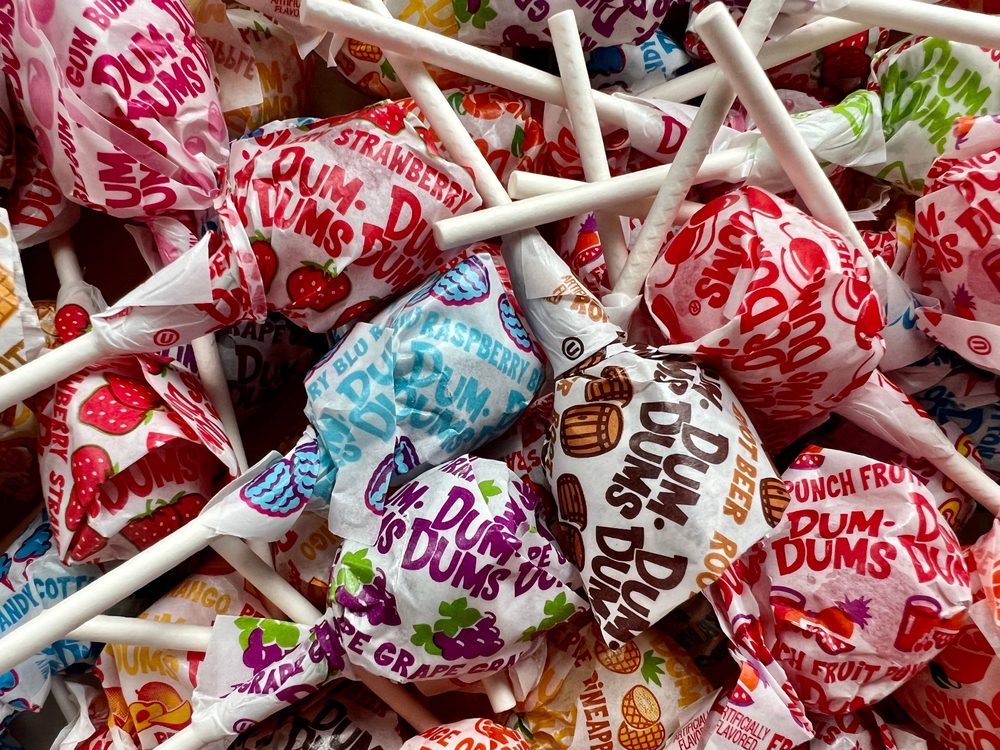
Gone are the days where total follower count is synonymous with successful influencer marketing. Today, influencers can easily buy followers at the click of a button and amplify their perceived importance on social media. Twitter’s fake follower purge last year drew increased media attention to the fact that many influencers have purchased followers or bots to create the illusion that they have clout on social media.
Fake followers have been an issue on social media for years now, but they’ve recently come to the forefront as more brands began utilizing influencer marketing as a major tactic. Influencer marketing has been called one of the “fastest growing online customer acquisition channels” and brands are expected to spend between $5 billion and $10 billion on influencer marketing campaigns by 2022.
You May Also Enjoy:
- Special Report: Influencer Marketing 2.0
- Power of Influencer Marketing Continues to Grow: Report
- A Happy Ending to Burger King’s “Feud” With Influencer Casey Neistat
But all this money will go to waste if a brand doesn’t select the right influencer or worse—selects one with little to no engagement, despite a soaring (albeit potentially fake) follower count. The concern for fake followers has caused brands to take a hard look at how they select their influencers, driving companies like Unilever to even announce that they will no longer work with influencers who buy followers.
The major question that remains, then, is if the size of a follower base isn’t a direct correlation of “influence,” then what is?
Engagement Rate
There are a variety of metrics brands should evaluate when they are selecting an influencer, including engagement rate, which brands can analyze on a per post or account basis.
This metric sits at the top of the list, because it provides brands with an understanding of the frequency and level of intensity that followers engage with that influencer’s content. Brands can analyze the content that the influencers promoted for previous partners and see how it performed. Too often, brands take a high-level view, but don’t dig in to see how well an influencer is actually performing.
Conversion Data
Secondly, conversion metrics can help prove influencer marketing success. Influencers who work closely with brands and can attribute purchases to their posts will have a strong argument for proving their influence. The key is for influencers to be able to articulate their engagement-to-purchase impact.
By sharing an in-depth view of resulted conversions from previous campaigns with future brands who are interested in partnering, the influencers can essentially prove their worth through their track record of success. Influencers and brands alike should be sure to have an understanding as to whether certain content has helped drive conversions of any type. Purchase data might be harder to extract, but registrations and web visits should be an easier exercise. It may be a difficult exercise, but when an influencer can show how they are influencing conversions, future brand engagements will be less onerous.
Audience Makeup
The third and, arguably, most important factor in proving influence is showing who audience is for brand-backed influencers. Sure, brands want to understand the demographics behind the influencer, including male to female ratio, geographical location, and age targets—all of which are important.
However, brands are seeking richer information about their influencer’s audience to understand broader data concerning brand affinities for this group. Understanding a more well-rounded slate of audience interests creates and builds brand alignment.
To net it out: brands want to know what works before selecting an influencer, and they don’t want to be duped by someone who rose to social media fame simply by buying a follower base. With these new metrics to use when selecting an influencer, brands will be able to work with influencers who are relevant to their audience and also move the needle in their campaigns.
Kyle Nelson is co-founder of MVPIndex.


 Network
Network

